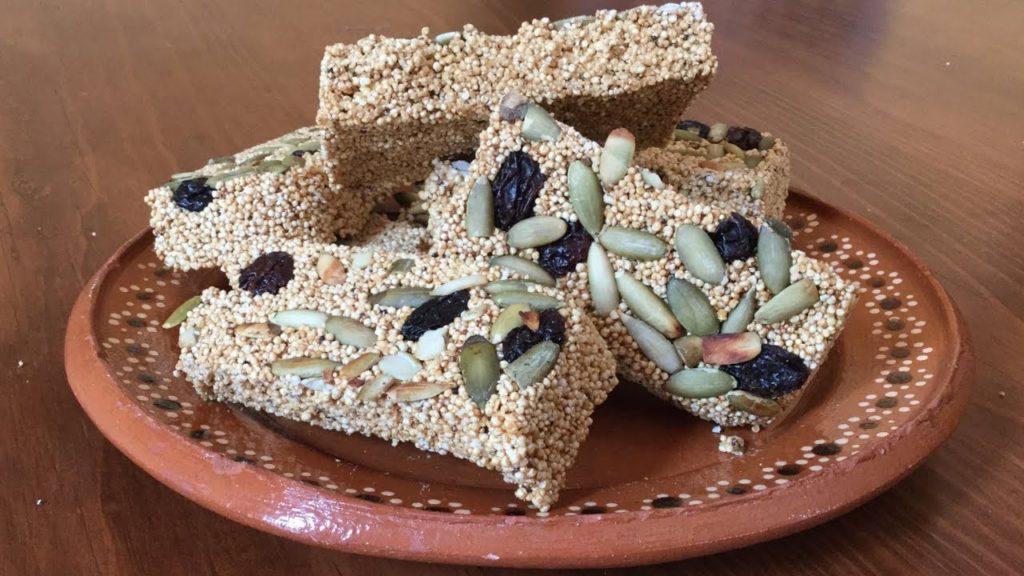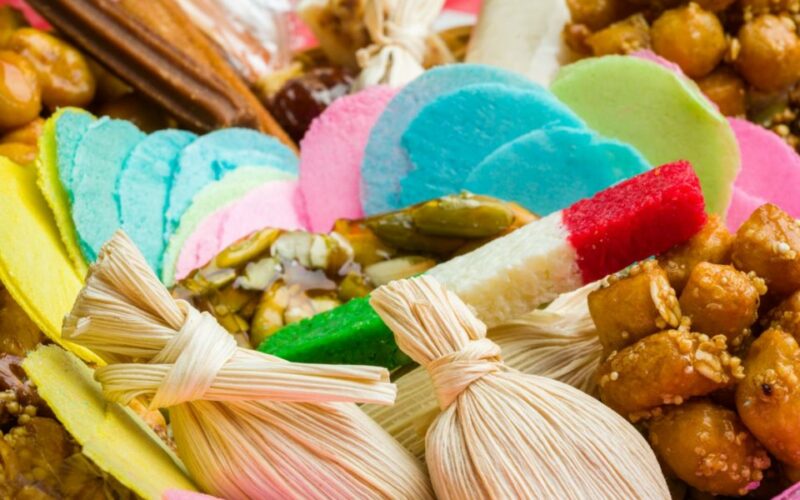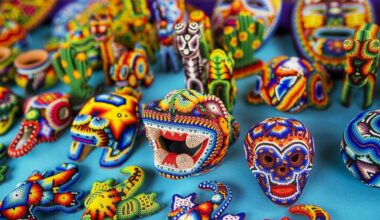Little Mexican delicacies are usually found at town fairs, local shops, and touristic destinations; once you discover their textures and traditional Mexican flavors, you cannot stop wanting more. Yes, we are talking about typical candies. As part of the culture and gastronomy of Mexico, the uncountable kind of candies are also typical elements, like chocolate.
In México, the first candies were created in the pre-Hispanic era, when some indigenous communities used natural ingredients to add sweetness to some food and beverages. These communities used to add agave honey, which was replaced by piloncillo (an unrefined whole cane sugar) upon the arrival of the Spaniard culture to the continent. It is usual to have thick caramel/honey added to a mixture of seeds, thus resulting in enjoyable candies like the popular alegrías. These soft bars with amaranth seeds and honey, can also include nuts, peanuts, raisins, and pumpkin seeds.
This is our Top 5 typical Mexican candies, and you want to make sure you try them on your next trip to Mexico. It is possible that you have had some of them, so we will refresh your memory with this exquisite list.
Jamoncillo
Made from sugar and milk, its soft caramel texture mixes with the nuts that complement this candy. They are usually color brown, but pink and white can be found in many places too. They look super cute, and when you taste these marvelous candies, you melt in their deliciousness. They are typical of Guanajuato, Nuevo León, Coahuila, and Chihuahua.
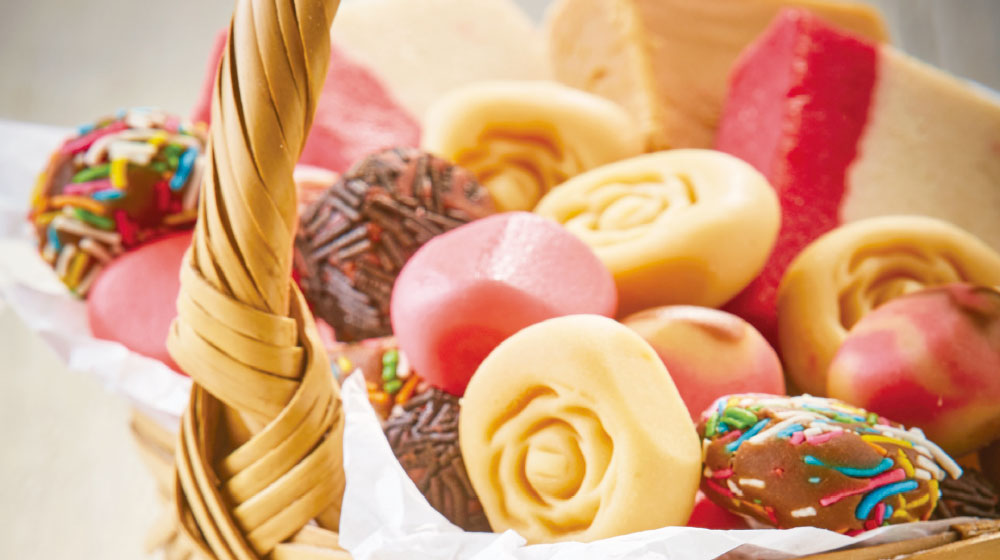
Palanqueta
Very similar to alegrías, this candy is a bar of nuts and seeds, mainly peanuts, pumpkin seeds, walnuts, and raisins covered by brown sugar honey made with piloncillo which it’s crunchy texture. It is originally from Coahuila, but we enjoy them throughout the country.
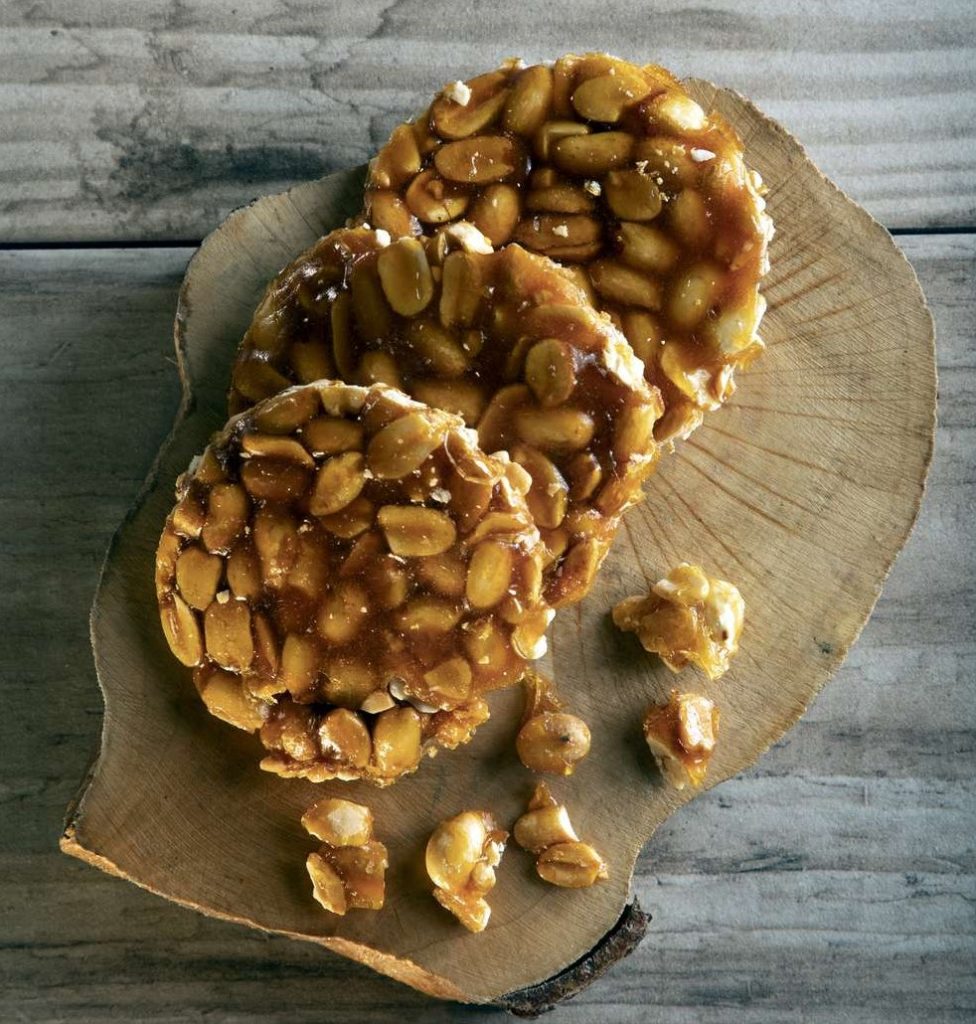
Cocada or coconut candy
Its classic flavor and texture are due to the star ingredient, coconut. Formed in small biscuits made of grated coconut, brown sugar, sherry, milk, and egg yolks. Once baked, it becomes soft. It is produced in many countries in Latin America and Europe, and of course, each one gives a personal touch to cocadas. Have you tried them?
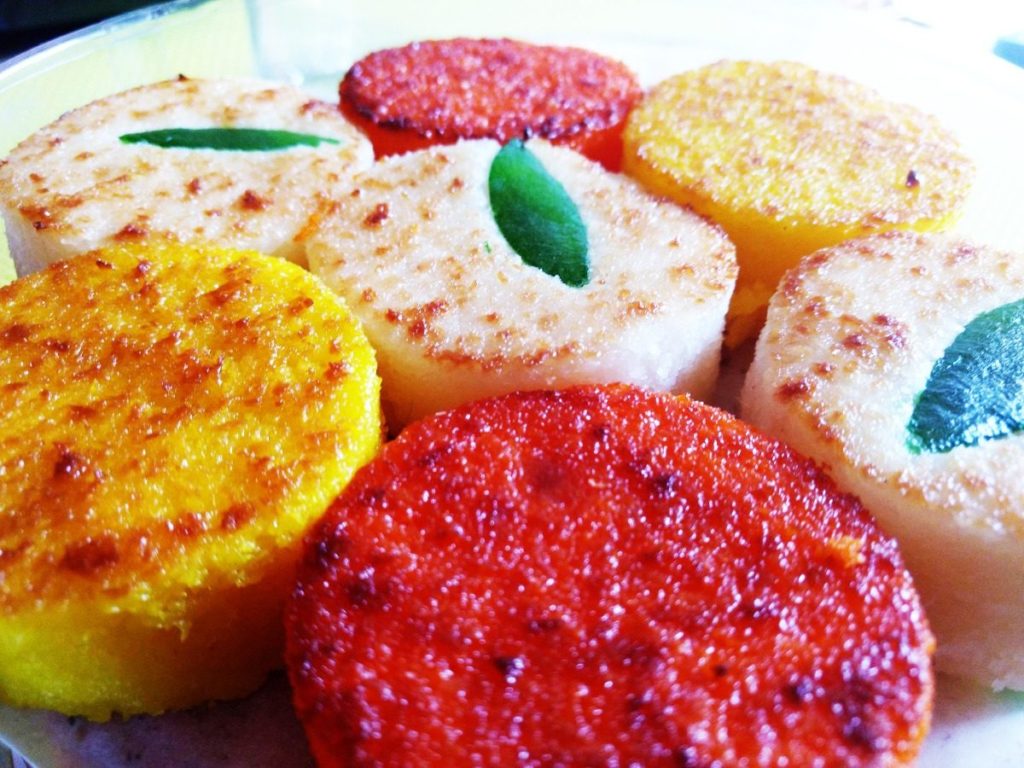
Pepitoria
These colorful wafers are distinguished by their crunchy edge with caramel and pumpkin seeds. We find them in the typical town fairs in the center of the country and they are the perfect companion of a stroll in the park.

Borrachitos
These candies date back to the colonial age; the nuns of the convents prepared these small candies with flour, milk and a dash of any liquor at hand to give them to the benefactors of their convents as a token of their appreciation. Their texture is very soft and they are dusted with sugar. Pineapple, strawberry, lemon, and rompope and among the traditional flavors.

All of them are delicious at any moment of the day, as they captivate you with every bite. So now we want to share a very easy recipe for making amaranth alegrías bars for you to enjoy at home.
Ingredients
- 5 cups of amaranth seeds
- 1 cup of chopped walnuts
- 1/2 cup of pumpkin seeds
- 1/2 cup of raisins
- 1/2 cup of peanuts
- 16 oz. of piloncillo (or brown sugar)
- 1/2 cup of bee honey (or the one of your preference)
- 1 tsp. of lime juice
Preparation
- Brown all the seeds separately. Reserve in a bowl.
- In a saucepan add the piloncillo (or brown sugar), honey, and lime juice. Wait for the ingredients to melt and make a caramel.
- Pour the caramel over the seeds and mix well.
- On a baking sheet, pour the mixture before the caramel cools, and spread over.
- Let it cool for 2 hours and cut into medium squares.
Enjoy! Don’t forget to share your experience in the comment box!
